Planet Walker ~ An Interview with Dr. John Francis
In 1971 John Francis witnessed a catastrophic oil spill in San Francisco Bay. The greasy black sludge that coated resident sea life and stained nearby beaches left an indelible impression him as well. As a young man at the dawn of the environmental movement he felt compelled to act. But what can one person do to change a society bent on its own destruction?
 Left with little do that would make a difference in world Francis abandoned all forms of motorized transport. He started walking. But still hoping to make an impact on his community and himself Francis took his devotion a step future and swore a vow of silence. For 17 years he did not utter a word. And yet he still managed to earn college and graduate degrees in science and environmental studies.
Left with little do that would make a difference in world Francis abandoned all forms of motorized transport. He started walking. But still hoping to make an impact on his community and himself Francis took his devotion a step future and swore a vow of silence. For 17 years he did not utter a word. And yet he still managed to earn college and graduate degrees in science and environmental studies.
Dr. John Francis went on to become the United Nation’s goodwill ambassador to the world’s grassroots communities and the U.S. Government hired him to help establish policies for the management of oil spills.



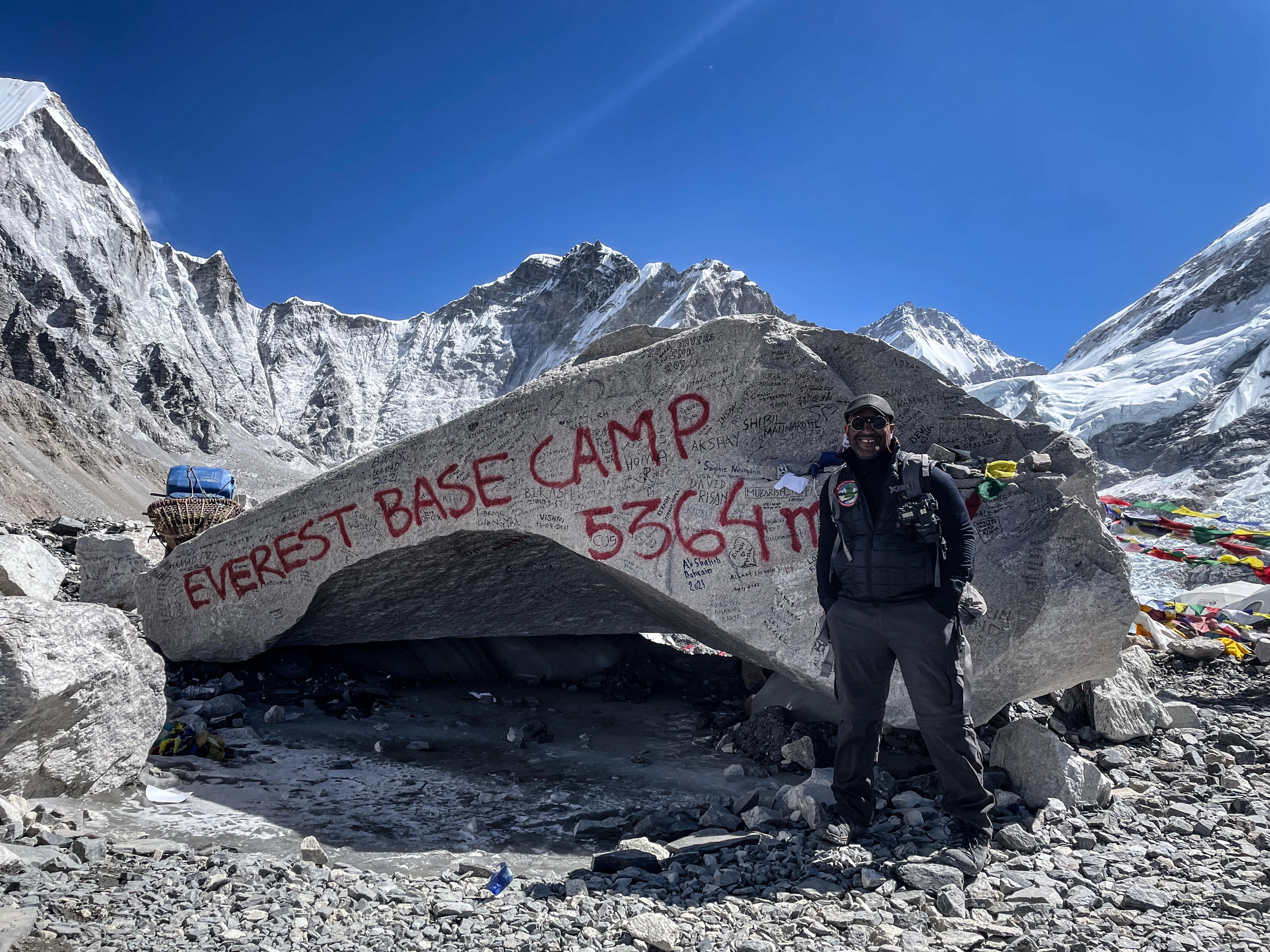

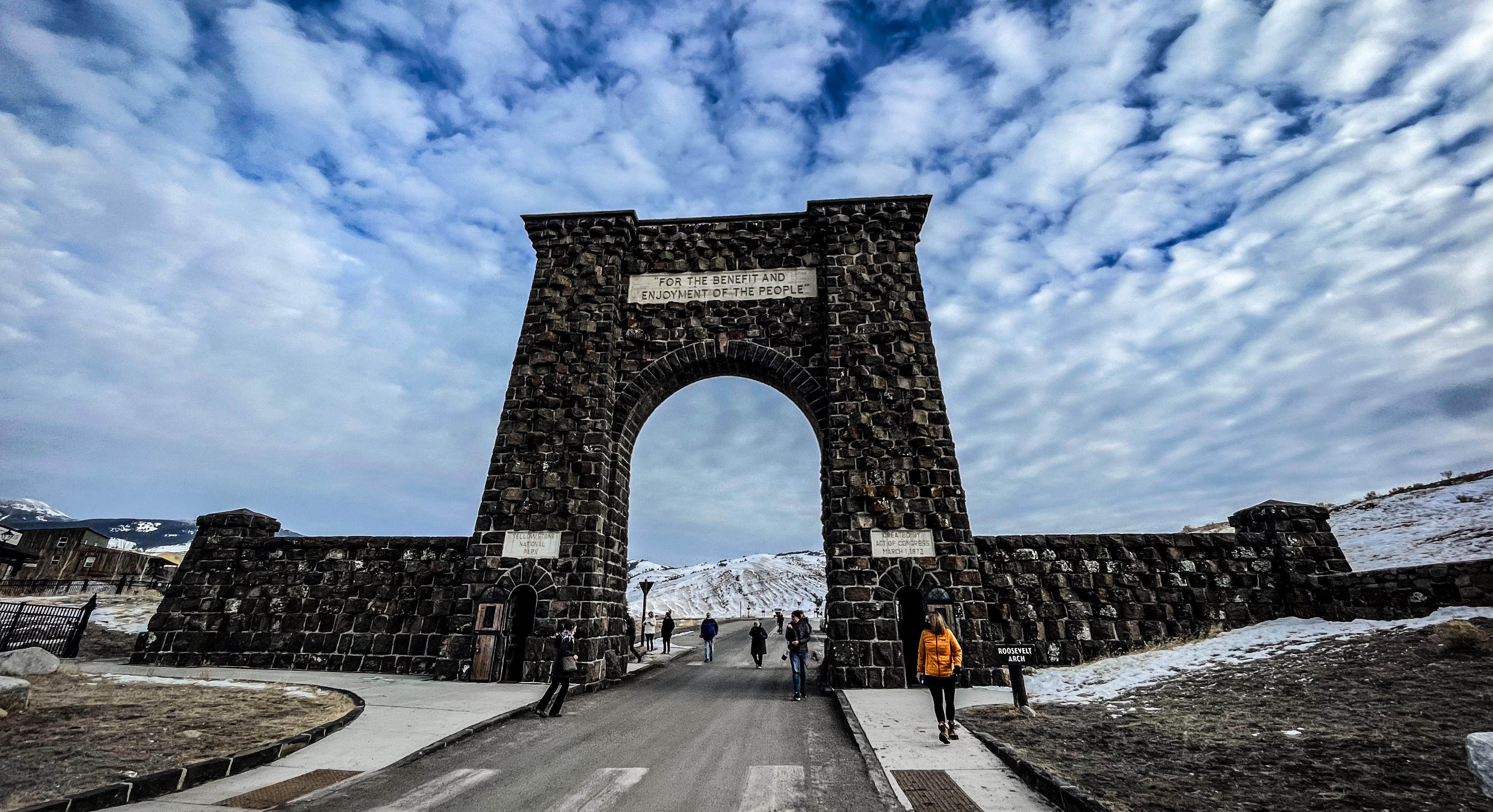
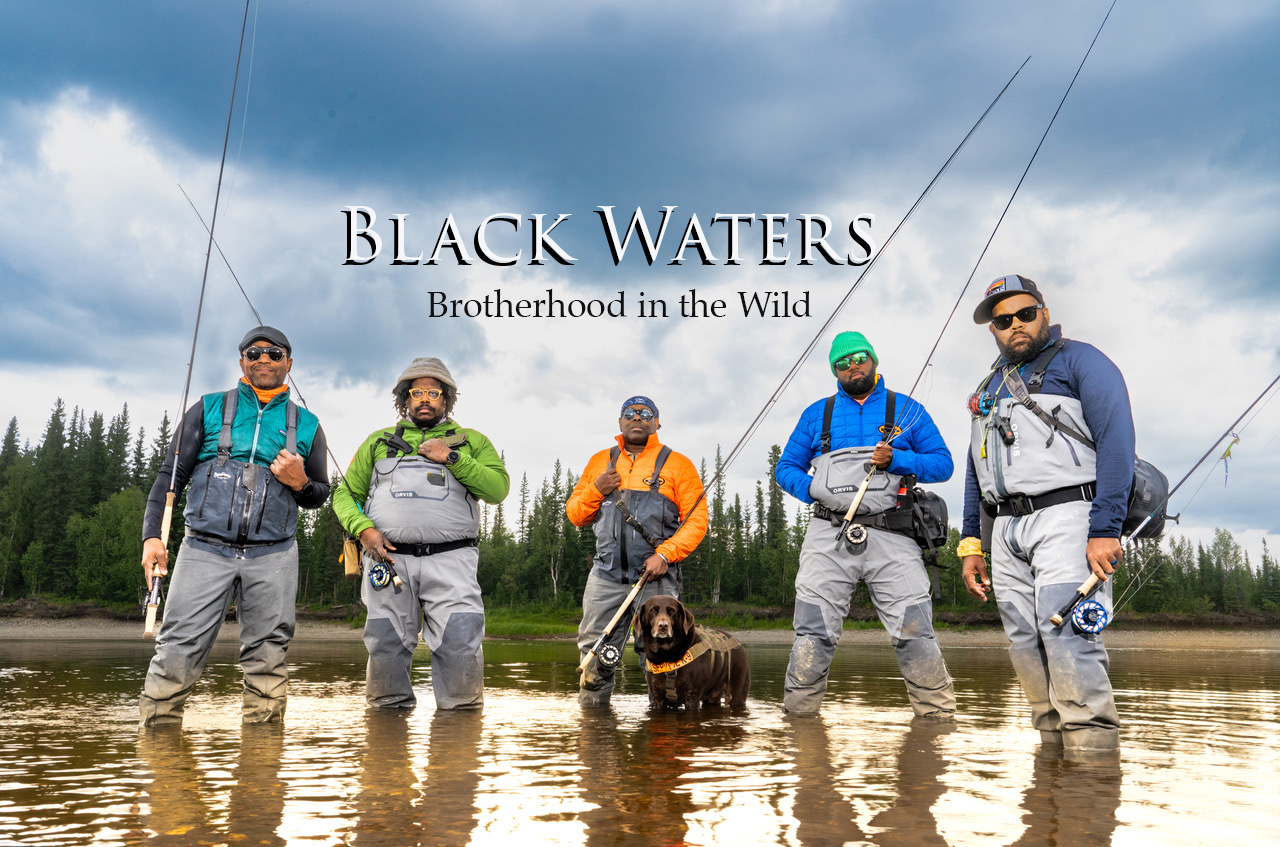
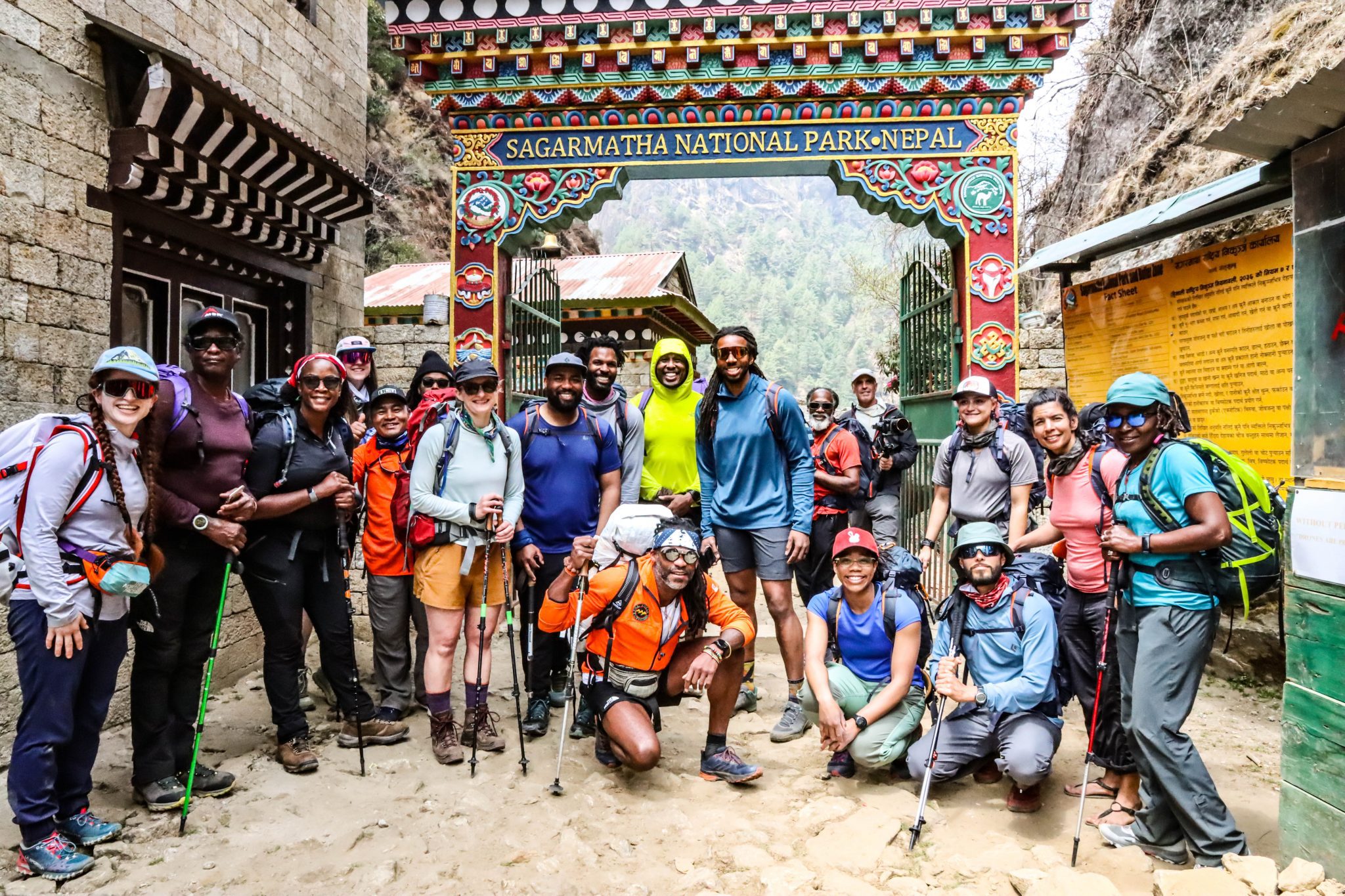
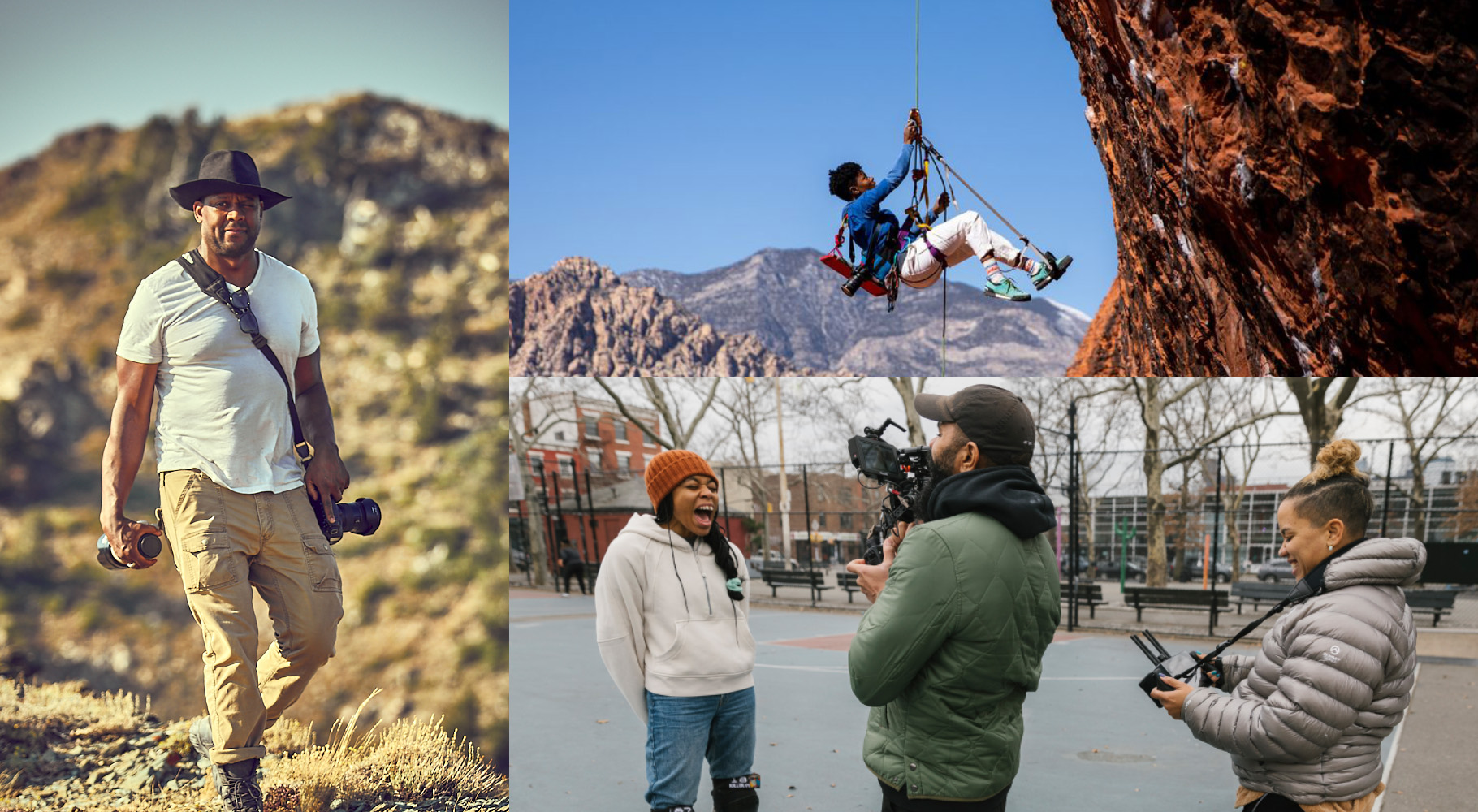
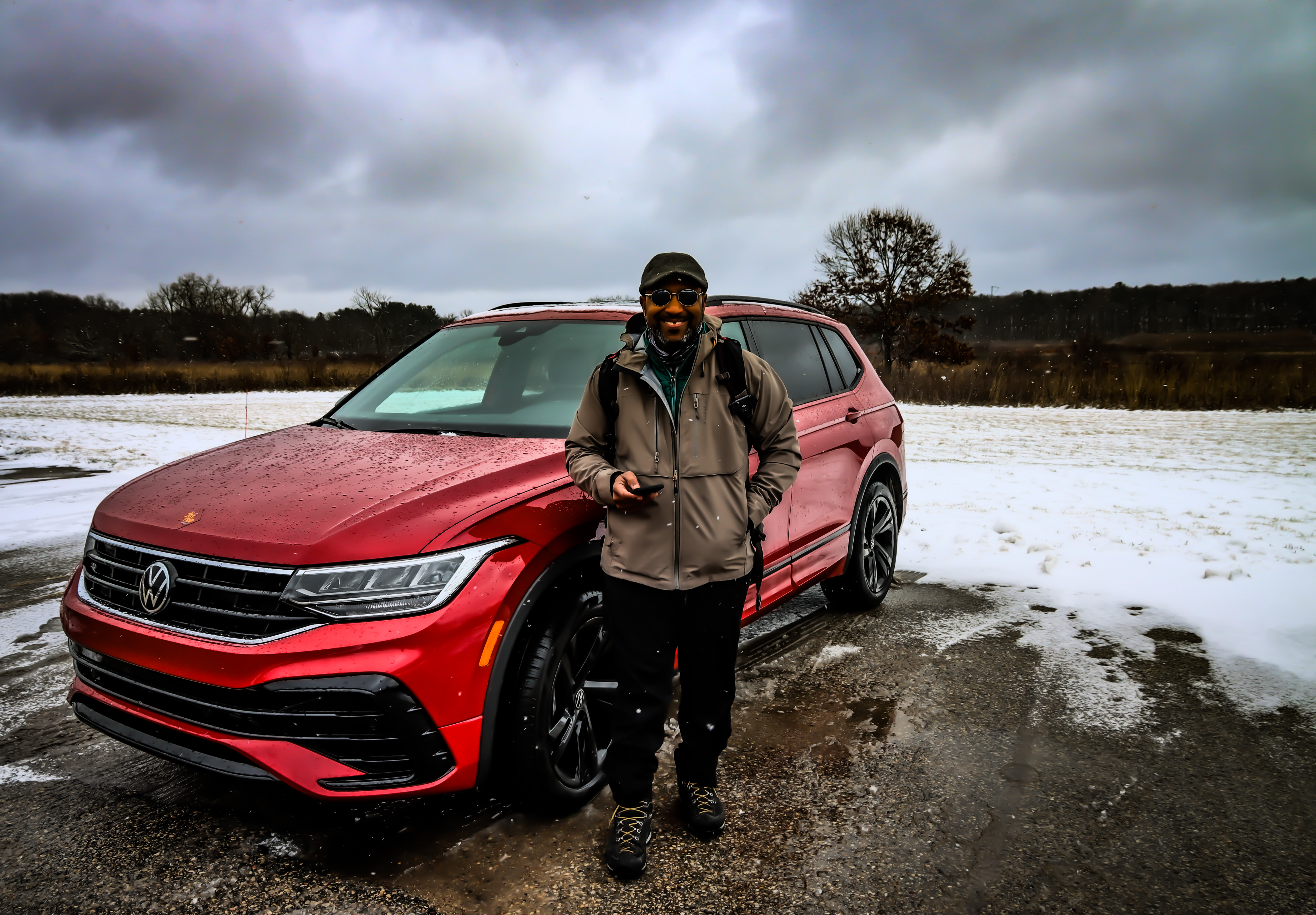


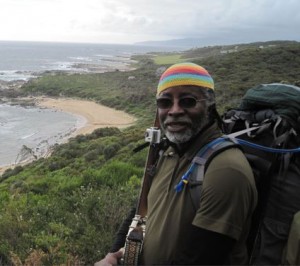
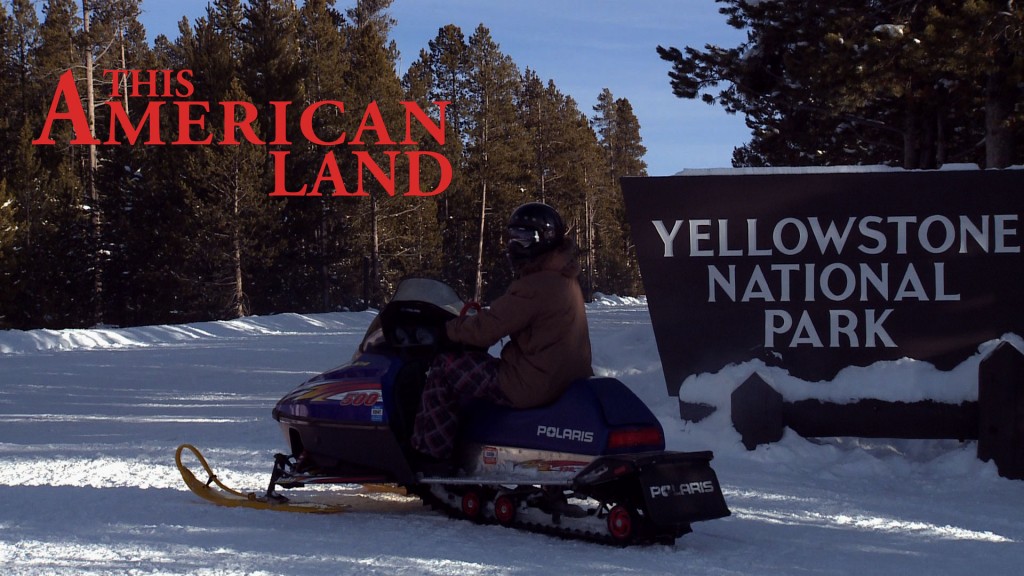 Yellowstone National Park has been described as a winter wonderland.
“We find that a lot of people from across the United States enjoy going into the park on snowmobiles, because ... you're out in the fresh air,” said Bill Howell, part owner of a local snowmobile and snowcoach tour company. “You get to see things on a snowmobile. With your guide you can stop and take pictures."
But conservation groups have been seeking to ban snowmobiles here for more than a decade. Even snowmobile enthusiasts now admit the machines became a problem in 1990s.
“The amount of machines and the amount of people going into the park skyrocketed, a lot more than I think anybody had ever predicted or thought would happen,’ Howell said. “And as a result it probably did get a little out of hand."
In this edition of This American Land we take a look at efforts to create a balance between the use of snowmobiles in Yellowstone and those who aim to limit motorized access to the park.
Yellowstone National Park has been described as a winter wonderland.
“We find that a lot of people from across the United States enjoy going into the park on snowmobiles, because ... you're out in the fresh air,” said Bill Howell, part owner of a local snowmobile and snowcoach tour company. “You get to see things on a snowmobile. With your guide you can stop and take pictures."
But conservation groups have been seeking to ban snowmobiles here for more than a decade. Even snowmobile enthusiasts now admit the machines became a problem in 1990s.
“The amount of machines and the amount of people going into the park skyrocketed, a lot more than I think anybody had ever predicted or thought would happen,’ Howell said. “And as a result it probably did get a little out of hand."
In this edition of This American Land we take a look at efforts to create a balance between the use of snowmobiles in Yellowstone and those who aim to limit motorized access to the park. Eight-year-old Savanna Lee is discovering wonderful things about the world around her. “I learned that there’s a whole bunch of stuff under the water,” she said, “things like bugs and beetles, not just fish. It’s exciting!”
A student at Glendale Elementary School in Madison, Savanna is among many local children that benefit from an environmental education program offered by the
Eight-year-old Savanna Lee is discovering wonderful things about the world around her. “I learned that there’s a whole bunch of stuff under the water,” she said, “things like bugs and beetles, not just fish. It’s exciting!”
A student at Glendale Elementary School in Madison, Savanna is among many local children that benefit from an environmental education program offered by the 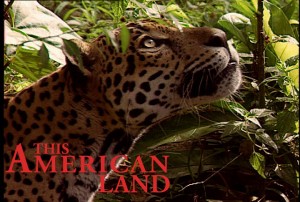 Last year the only known wild jaguar in the United States was captured in a trap and euthanized by Arizona Wildlife authorities. The death of this big cat, called Macho-B, triggered a federal investigation that found violations of the procedures that are meant to protect endangered species.
But at the heart of this case are a number of federal wildlife protections that were tossed out in favor of the “
Last year the only known wild jaguar in the United States was captured in a trap and euthanized by Arizona Wildlife authorities. The death of this big cat, called Macho-B, triggered a federal investigation that found violations of the procedures that are meant to protect endangered species.
But at the heart of this case are a number of federal wildlife protections that were tossed out in favor of the “
You must be logged in to post a comment.